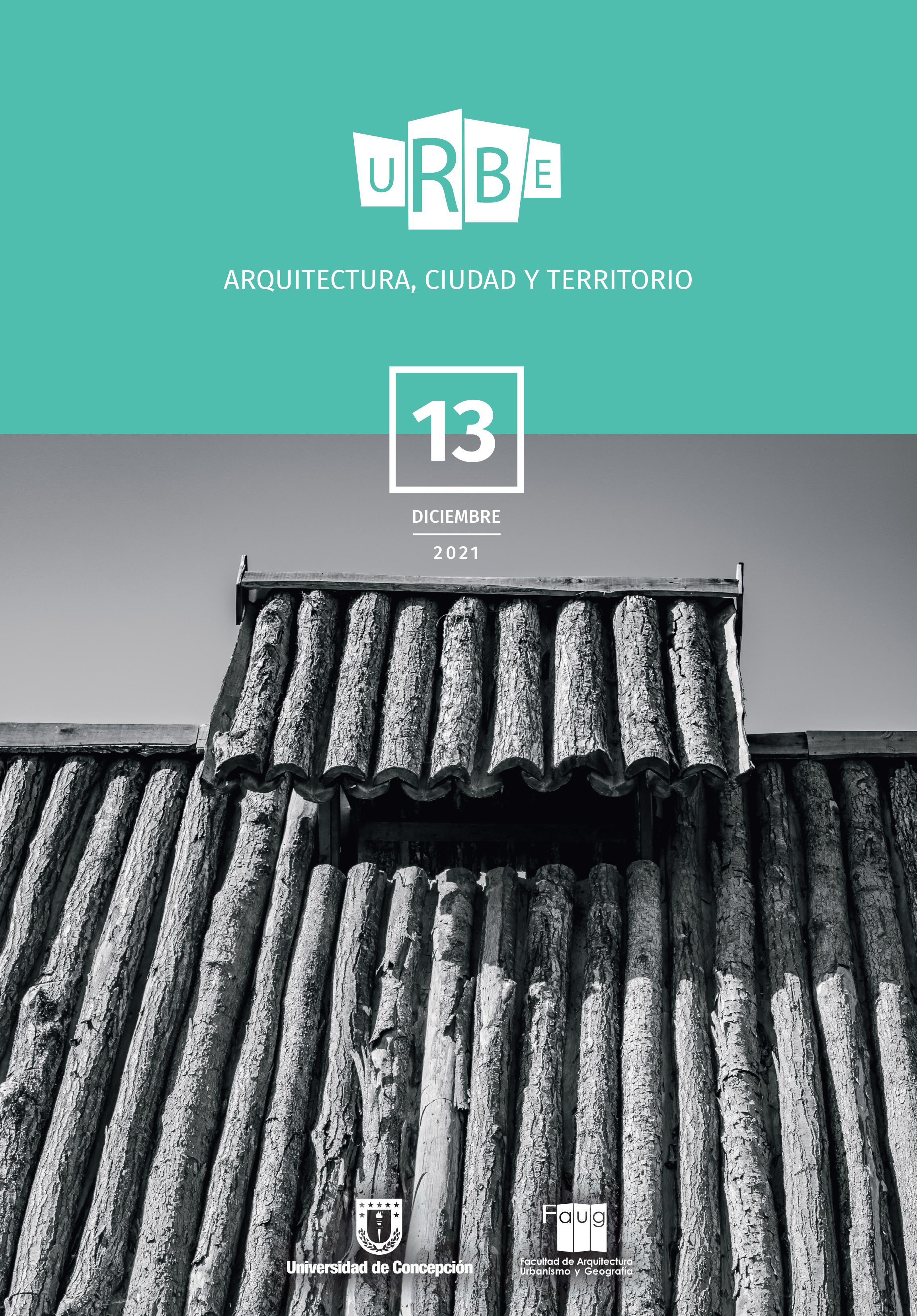Public policies of urban housing regeneration and their contribution to socio-spatial integration: the cases of La Legua and Bajos de Mena in Santiago, Chile
DOI:
https://doi.org/10.29393/UR13-5PPCH10005Keywords:
Urban regeneration, social integration, housing policy, segregationAbstract
Socio-spatial integration is one of the greatest urban challenges in Chilean cities. This challenge has demanded urban housing policy to change from a trend of quantitative to qualitative operations, which translates into new intervention strategies and an increase in public investment focused on specific highly deteriorated polygons. For this, the Ministry of Housing and Urbanism (MINVU) has enriched the offer of plans and programs with different levels of intervention presenting in 2017 the Housing Complex Regeneration Program (PRCH). The main focus of the PRCH is oriented to the recomposition of the physical, social and economic fabric (CNUD, 2021) showing potential as a good alternative to address segregation. This article reviews different definitions of segregation and social integration extracting different concepts and compiling a new definition of socio-spatial integration, and then presents two case studies where the PRCH is developing interventions with different strategies in the city of Santiago: Bajos de Mena in Puente Alto and Legua Emergencia in San Joaquín, analyzing how the PRCH could improve both the physical and social aspects of integration. Final reflections highlight the challenges for the PRCH to better serve the intervened neighborhoods.Downloads
References
ATISBA (2010). Reporte “Estudios Guetos en Chile. http://atisba.cl/wp-content/uploads/2011/10/Reporte_Guetos_en_Chile2010.pdf
Bustos-Peñafiel, M., y Castrillo-Romón, M. (2020). Luces y sombras de la regeneración urbana: perspectivas cruzadas desde Latinoamérica y Europa. Revista INVI, 35(100), 1–19.
Chateau, F., Schmitt, C., Rasse, A. y Martínez, P. (2020). Consideraciones para programar la regeneración de condominios sociales en altura. Estudio comparado de tres casos en Chile. Revista INVI, 35(100), 143–173.
Consejo Nacional de Desarrollo Urbano. (2021). Propuestas para una mayor integración social en las ciudades chilenas. https://cndu.gob.cl/wp-content/uploads/2021/01/PROPUESTAS-PARA-LA-REGENERACION-URBANA-DE-LAS-CIUDADES-CHILENAS-CNDU.pdf
Consejo Nacional de Desarrollo Urbano. (2019). Propuestas para una mayor integración social en las ciudades chilenas. CNDU.
Decreto Supremo No18, de 2017 [Ministerio de Vivienda y Urbanismo] Que aprueba reglamento del Programa de regeneración de conjuntos habitacionales de viviendas sociales. Diario oficial. Santiago, 23 de marzo de 2018.
Equipo PRCH Legua. (2021). Informe diagnóstico Plan Regeneración de Conjuntos Habitacionales Legua (Informe no publicado).
Habiterra. (2009). Plan Integral de Rehabilitación Urbana Bajos de Mena y Reconversión del Polígono El Volcán II. Informe final plan integral entregado a MINVU. https://issuu.com/gobiernodechile/docs/plan_reconversi_n_urbana_bajos_de_mena
Instituto Nacional de Estadísticas. (2019). Sistema de indicadores y estándares del desarrollo urbano. SIEDU. http://siedu.ine.cl/
Instituto Nacional de Estadísticas y Ministerio de Vivienda y Urbanismo. (2020). Índice de Deterioro Urbano y Social (IDUS). http://observatoriourbano.minvu.cl/
Ministerio de Vivienda y Urbanismo. (2018). Manual de procedimiento Programa regeneración de Conjuntos habitacionales. MINVU.
Paquette-Vassalli, C. (2020). Regeneración urbana: un panorama latinoamericano. Revista INVI, 35(100), 38–61. http://dx.doi.org/10.4067/S0718-83582020000300038
Ruiz-Tagle, J. (2016). La segregación y la integración en la sociología urbana: revisión de enfoques y aproximaciones críticas para las políticas públicas. Revista INVI, 31(87), 9–57.
Ruiz-Tagle, J. (2013). A theory of socio-spatial integration: Problems, policies and concepts from a US perspective. International Journal of Urban and regional research, 37(2), 388-408.
Sabatini, F., Cáceres, G. y Cerda, J. (2001). Segregación residencial en las principales ciudades chilenas: Tendencias de las tres últimas décadas y posibles cursos de acción. EURE (Santiago), 27(82), 21–42.
Sandoval, C., Sanhueza A. y Williner A. (2015). La planificación participativa para lograr un cambio estructural con igualdad. Las estrategias de participación ciudadana en los procesos de planificación multiescalar. Manuales de la CEPAL, (1). https://repositorio.cepal.org/handle/11362/39055
Universidad Adolfo Ibañez (UAI) y Cámara Chilena de la Construcción. (2018). Índice de Bienestar Territorial. http://bienestarterritorial.cl/ambiental/
Published
How to Cite
Issue
Section
Copyright (c) 2021 Catalina Harrison

This work is licensed under a Creative Commons Attribution 4.0 International License.
Revista URBE. Arquitectura, Ciudad y Territorio tiene licencia de Creative Commons Attribution 4.0 International (CC BY 4.0) y debe citarse correctamente.









